Fieldwork
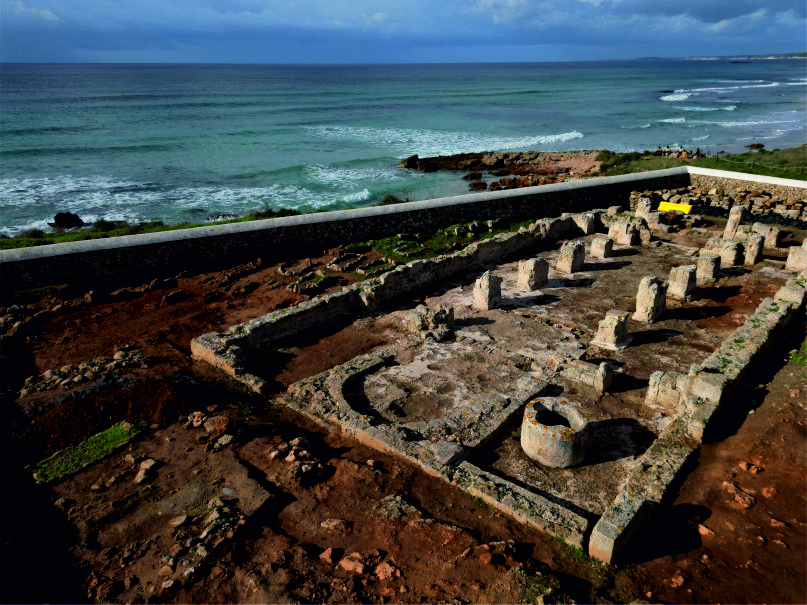
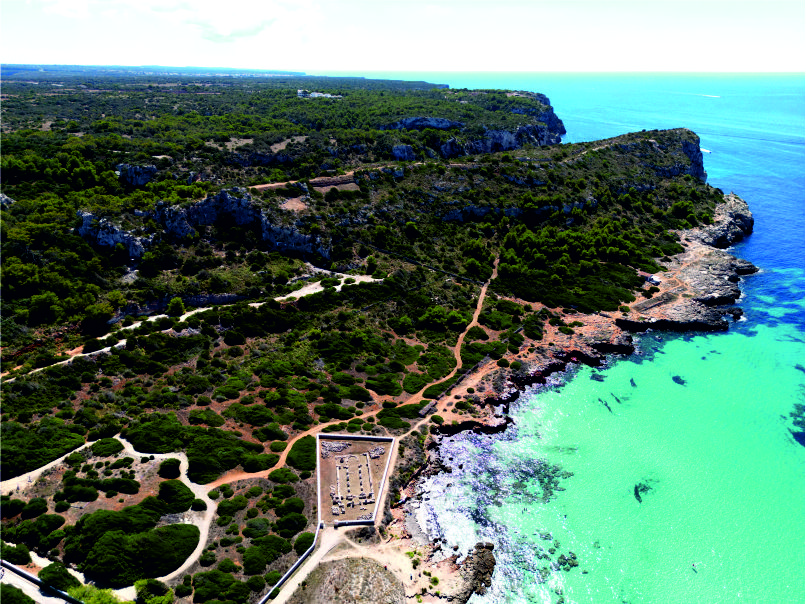
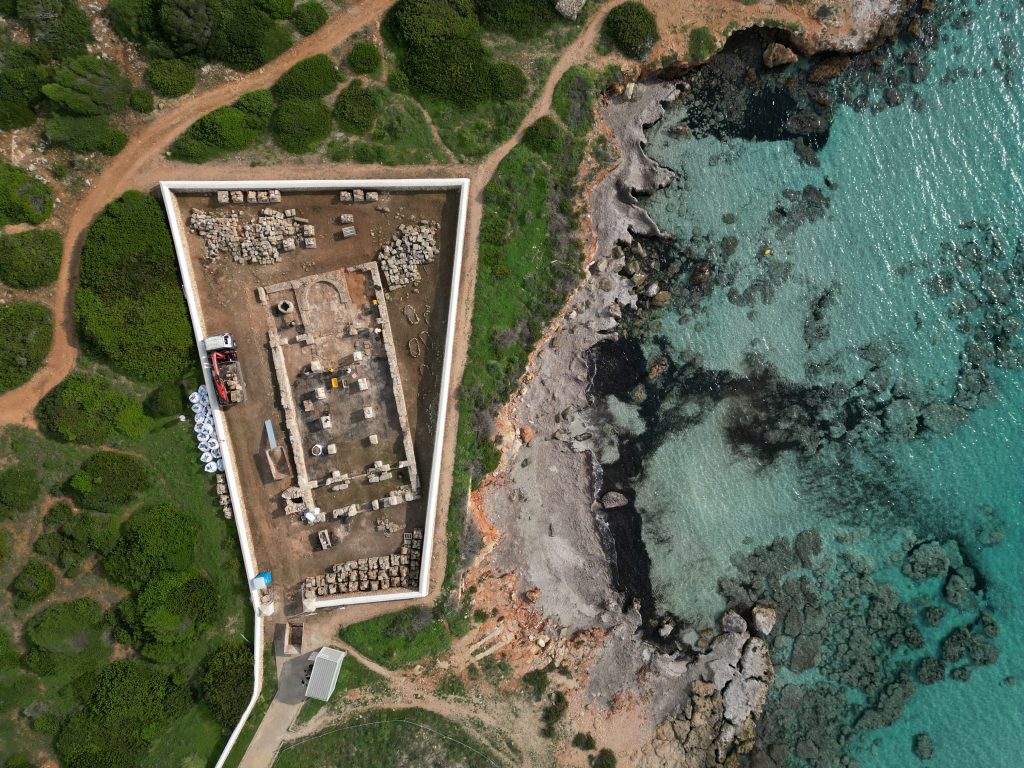
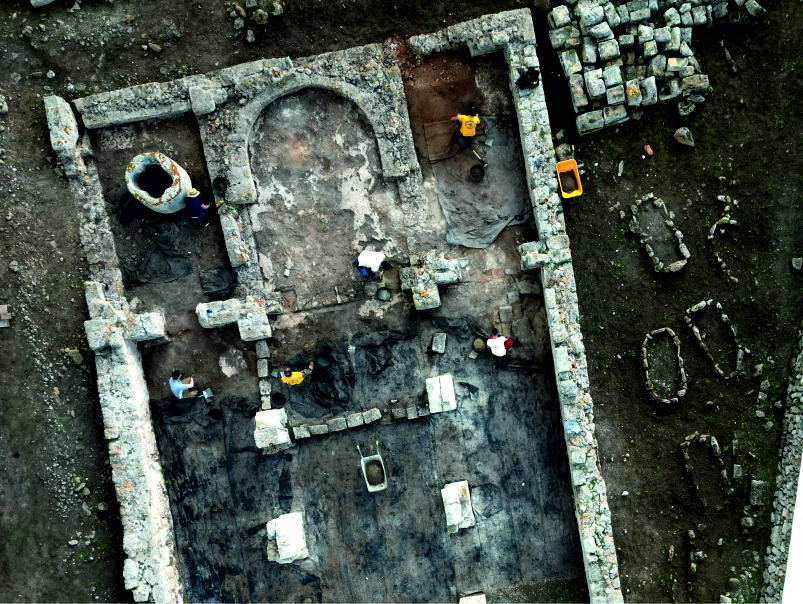
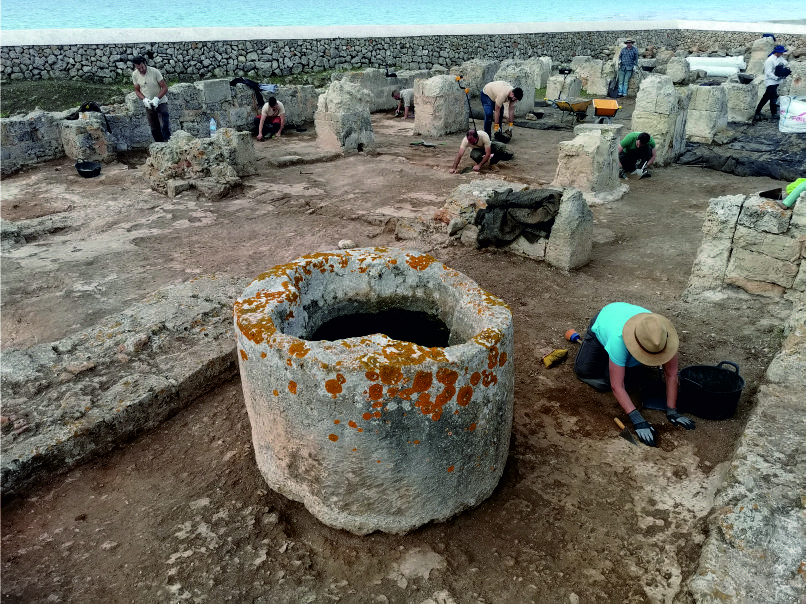
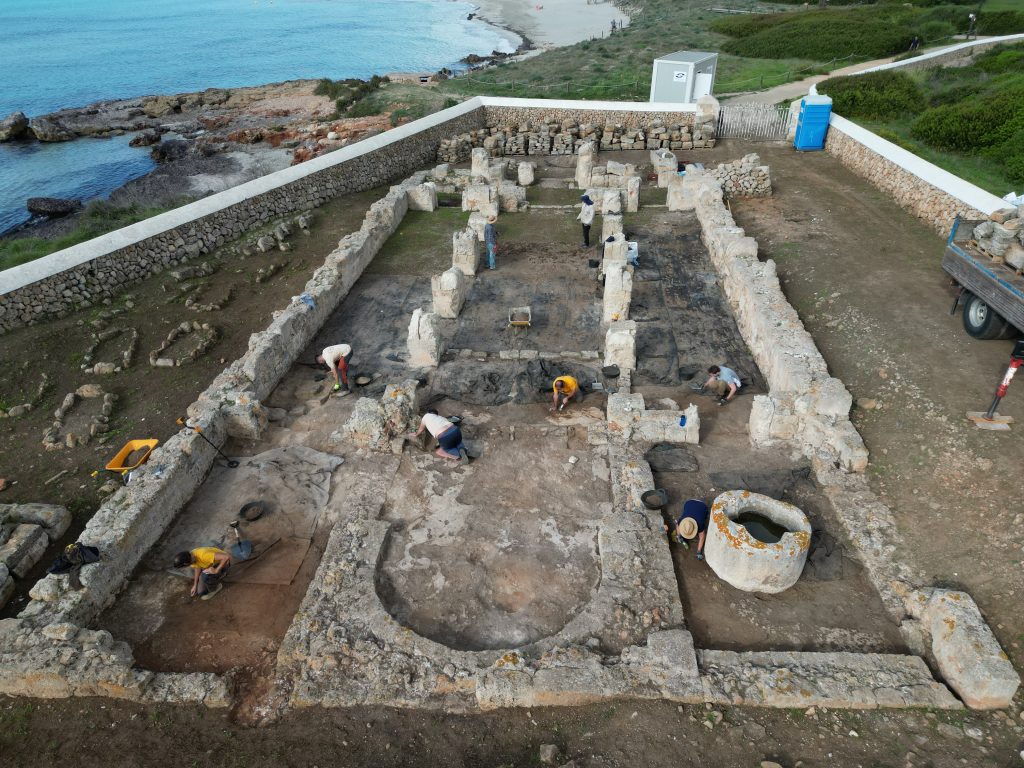
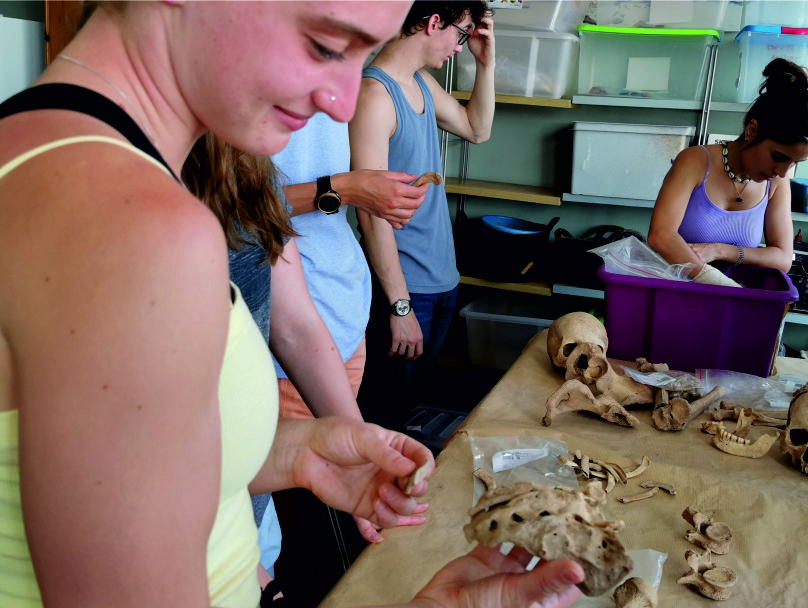
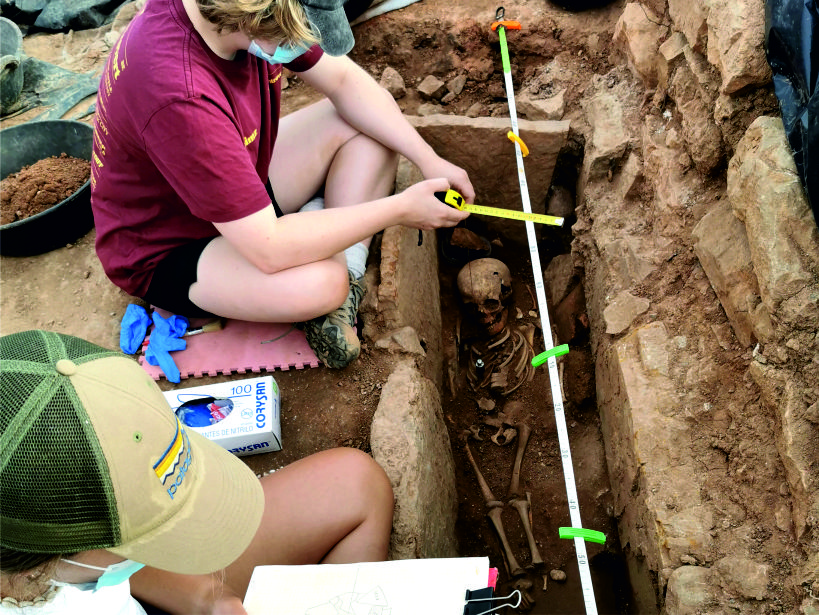
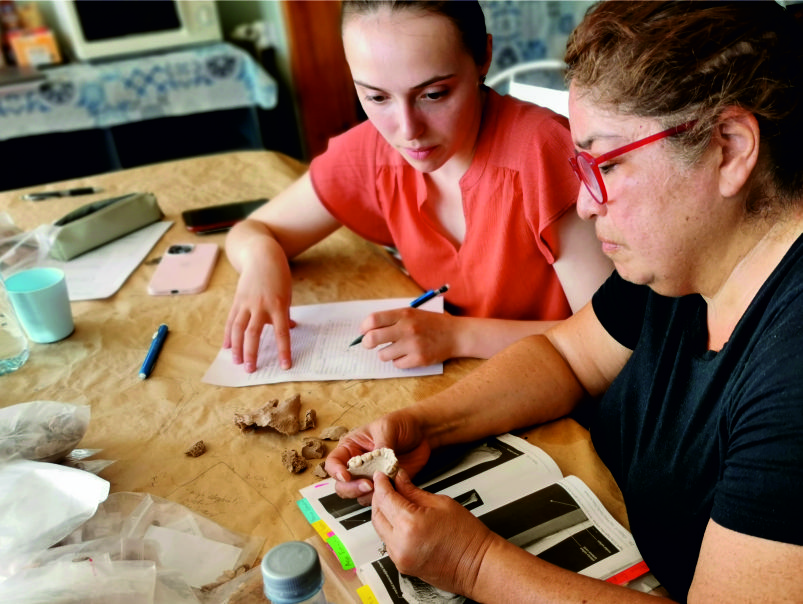
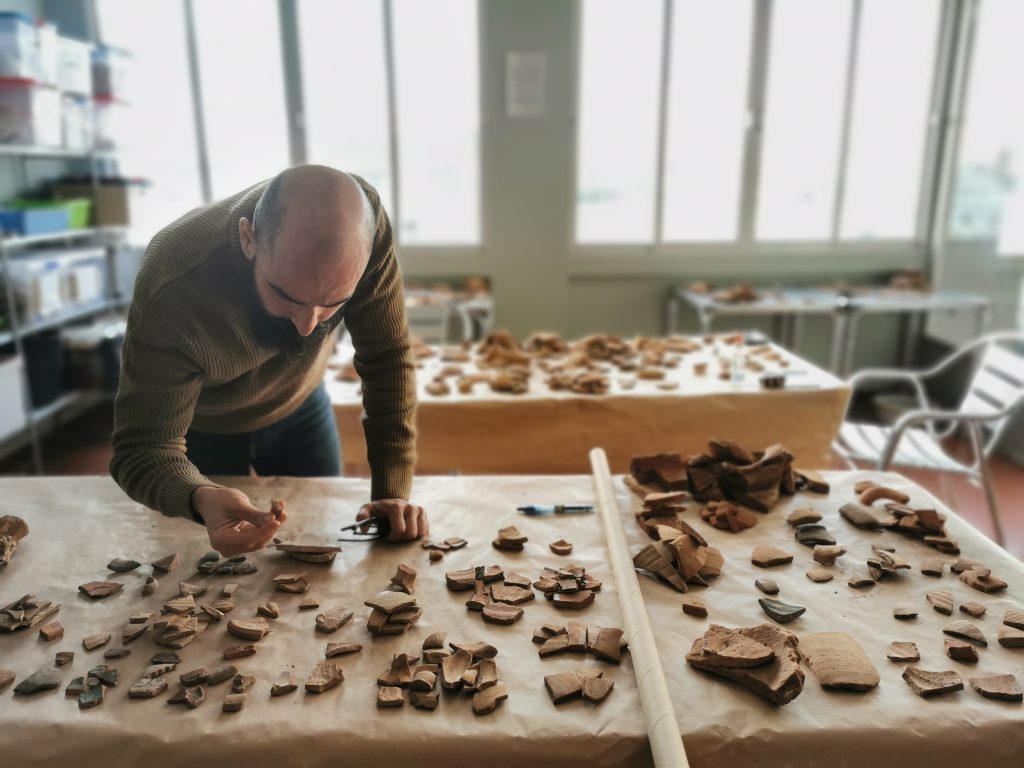
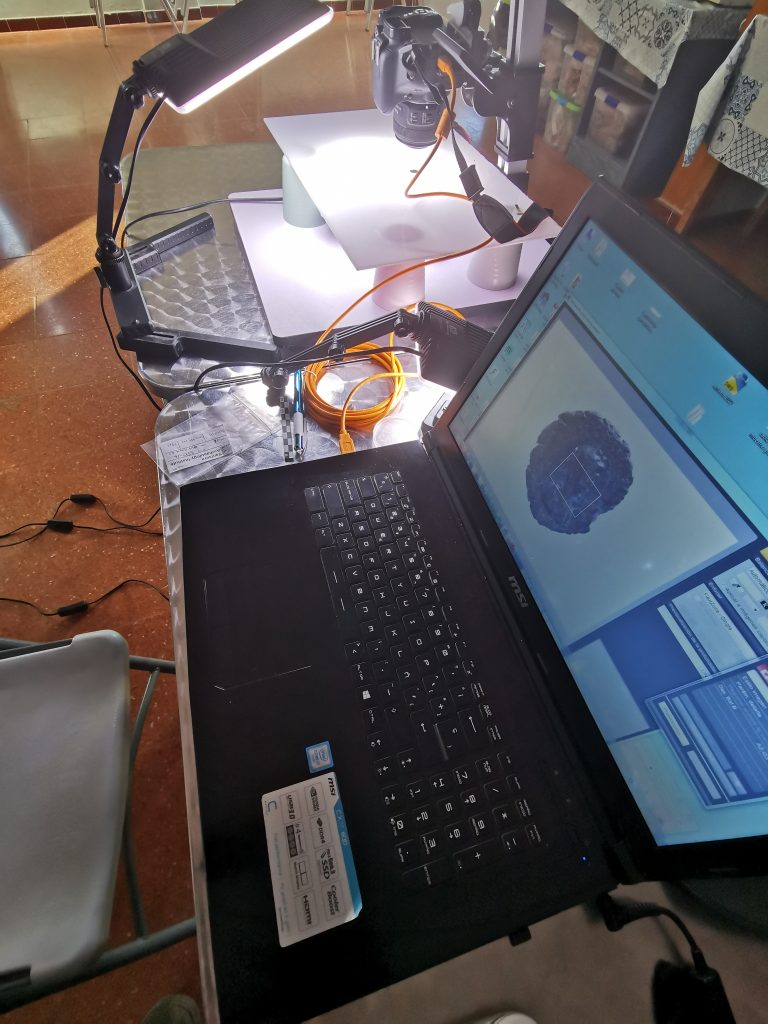

Location: V3WH+CH Son Bou, Spain
Season: April 12, 2024 to October 27, 2024
Session Dates: Session #1 April 12 – April 27 $ 1200; Session #2 May 01 – May 16 $ 1200; Session #3 May 19 – June 03 $ 1200; Session #4 June 06 – June 21 $ 1200; Session #5 June 26 – July 11 $ 1200; Session #6 July 14 – July 29 $ 1200; Session #7 August 01 – August 16 $ 1200; Session #8 August 19 – September 03 $ 1200; Session #9 September 06 – September 21 $ 1200; Session #10 September 24 – October 09 $ 1200; Session #11 October 12 – October 27 $ 1200 *If you sign up for two sessions in a row (32 days) that take place in Menorca (Balearic Island, Spain), the days between sessions (3 or 4 days) you will have the accommodation for free.
Application Deadline: November 29, 2023
Deadline Type: Contact for Details
Website: http://archaeology.institute/sanisera-archaeology-institute-courses.asp
Program Type:
Field School, Volunteer
RPA Certified:
No
Affiliation:
Sanisera Archaeology Institute for International Field Schools
https://basilicadesonbou.info/
https://archaeology.institute
Project Director:
Fernando Contreras Rodrigo (Lleida. Spain - 1967)
Director of the excavations at Sanitja and of the Ecomuseum de Cap de Cavalleria since 1997. President of the association "Sa Nitja. Gestión del Patrimonio Mediterráneo" founded in 1993. He obtained the Prize Fundació "la Caixa" in 1992: "Revalorització Ciutats Romanes de Catalunya i Illes Balears". FPI U.A.B. Internship 1991-95. His research fields are: Romanization in Minorca; Archaeological software; Cultural management; Museum development for the heritage of Sanitja and the Cap de Cavalleria. Director of the excavations in Mago (Pla Mirall, 2000-2002), Iamo (Correos, 1999), and Sanisera (Prospection 1993-1995, Excavation 1996-1998). His projects involving Minorca's cultural heritage include: Defense Tower in Fornells (CIM – 1996), Ecomuseum de Cap de Cavalleria (Leader II – 1997), Cavalleria Lighthouse (Futures – 1998).
Project Description:
In 2008 the Sanisera Archaeology Institute for International Field Schools started its courses in classical roman archaeology on the Mediterranean island of Menorca. During all these years many students have come from all over the world to study abroad in order to dig up the Roman remains.
We recommend this field school to those students interested in bioanthropology, osteology, digging remains of the roman cities and classical archaeology.
This course is divided in two parts. In this way, students can learn and experiment in both archaeological digs, developed in the land site: Digging in the Early Christian Basilica and Biological Anthropology in the tombs of Son Bou archaeological site. You can see: https://basilicadesonbou.info/
Part 1. Digging in the Early Christian Basilica – Son Bou-
The research focuses on the archaeological excavation of the area around the Early Christian Basilica of Son Bou to discover the remains of the population that lived next to the temple. Through a baptismal font found in the church, we know that inhabitants were concentrated on the south coast of the island who lived thanks to agriculture, livestock and fishing. And quite possibly they would have commercial contacts with people from other nearby islands. We have evidence of ceramics that come from Ibiza and from more remote places in the East, from the Palestine area (present-day countries of Israel and Jordan).
The excavation at the Basilica of Son Bou provides all the archaeological documentation necessary for the student to acquire enough training and experience in all aspects involving an excavation of the Roman civilization from the VI century A.D. to the VIII A.D.
Time dedicated to this part of the program: 50%.
Part 2. Digging roman graves in the Necropolis of Son Bou
In November 2022, the Sanisera Archeology Institute began digging in the area outside the basilica, in an area very close to the beach, identifying new, unpublished tombs that we want to excavate to find out aspects of the population such as age, sex, pathologies. and issues related to bioarchaeology. It’s estimated that we can discover ten tombs that may correspond to the VII and VIII centuries AD.
Our team of archaeologists and osteology specialists have a lot of experience in these aspects, since a necropolis is being excavated every year at the Sanisera site, which is located in the north of the island of Menorca, and which also belongs to the Late Antiquity period.
The fieldwork focuses on funerary structures, specifically inhumation graves. Participants will learn and apply excavation techniques used in biological anthropology when excavating tombs. Students will also participate in lectures on skeletal anatomy and pathologies, classes and exercises related to the course material. In the laboratory participants will be instructed by an anthropologist and other archaeologists in the classification, study, and conservation of human remains and other related materials found.
Time dedicated to this part of the program: 50%.
What you will learn
1. In the Fieldwork:
2. In the Laboratory
3. Theory
Directed at
If you have not previously participated as a volunteer in a field school and would like to experiment and gain knowledge with different excavation techniques and methodology during 16 days in two distinctly different sites, this course would be a good option for you. You can see: https://basilicadesonbou.info/
It’s difficult to find a course that allows you to explore both biological anthropology and archaeology where you can gain experience and knowledge in both excavating tombs with human remains and techniques used in excavating Roman structures.
You will experiment in both archaeology and biological anthropology, two areas with many similarities, but also many differences when excavating and treating recovered archaeological material in the laboratory.
At the end of this program you will have experience in both areas and will be able to better decide what path is best for you; biological anthropology or archaeology.
Both of the excavation sites are located on the south coast of the island, surrounded by the sea and pristine and dramatic Mediterranean landscapes.
Previous knowledge or experience in archaeology.
Field School life & language
The fieldwork runs 7 hours a day with time dedicated to both excavations, the study of human osteology by the analysis of the skeletal remains and laboratory work on roman pottery.
Participants will learn and apply excavation techniques used in biological anthropology during fieldwork. In the laboratory, participants will follow guidelines set by an anthropologist and other specialists for the classification, study, and conservation of skeletal remains and other related material found.
Participants will also be given lectures on methodology, roman archaeology, human osteology and classification of archaeological materials.
For every seven course days there are two days off.
The course is taught in English.
Cost & Sessions
From 12000 $ session. ***If you sign up for two sessions in a row (32 days) that take place in Menorca, the days between sessions (3 or 4 days) you will have the accommodation for free.
| Sessions | Dates | Cost |
| Session #1 | 2024 | April 12 – April 27 | $ 1200 |
| Session #2 | 2024 | May 01 – May 16 | $ 1200 |
| Session #3 | 2024 | May 19 – June 03 | $ 1200 |
| Session #4 | 2024 | June 06 – June 21 | $ 1200 |
| Session #5 | 2024 | June 26 – July 11 | $ 1200 |
| Session #6 | 2024 | July 14 – July 29 | $ 1200 |
| Session #7 | 2024 | August 01 – August 16 | $ 1200 |
| Session #8 | 2024 | August 19 – September 03 | $ 1200 |
| Session #9 | 2024 | September 06 – September 21 | $ 1200 |
| Session #10 | 2024 | September 24 – October 09 | $ 1200 |
| Session #11 | 2024 | October 12 – October 27 | $ 1200 |
Elementary information:
https://linktr.ee/sanisera
Period(s) of Occupation: The excavation provides all the archaeological documentation necessary for the student to acquire enough training and experience in all aspects surrounding an excavation of the Roman civilization from the VI century A.D. to the XIII A.D.
Notes:
Certificates - At the end of the Field Program, students will receive a certificate of participation stating the hours and activities of the course. Participants that perform exceedingly well in the course may receive a letter of recommendation from our organization upon request.
Project Size: 1-24 participants
Minimum Length of Stay for Volunteers: 16 days
Minimum Age: 18 and young students between 16 and 18 years old can apply with special permission from their parents.
Experience Required: Previous knowledge or experience in archaeology.
Room and Board Arrangements:
Course fee
• Course tuition.
• Daily transportation to/from the archaeological fieldwork.
• Accident insurance at the site.
• Certificate of participation.
• Visits to museums and archaeological heritage of the island. It is also possible to visit places of charm and beaches.
• Accommodation in the Student Residency in Ciutadella.
• In case of needing to process Schengen Visa the mandatory letter of invitation will be written so you can travel
Airfare not included from the student home to/from Menorca (Spain).
Meals are not included, although we will recommend some cafés and restaurants that do not exceed the average of 23 € /day in meals.
* If you sign up for two sessions in a row (32 days) that take place in Menorca, the days between sessions (3 or 4 days) you will have the accommodation for free.
Academic Credit:
http://archaeology.institute/sanisera-archaeology-institute-petition-for-credits.asp
Fernando Contreras Rodrigo
Apdo. 68
Es Mercadal
Balearic Islands - Spain
07760
Spain
Phone: +34 608894650
The AIA is North America's largest and oldest nonprofit organization dedicated to archaeology. The Institute advances awareness, education, fieldwork, preservation, publication, and research of archaeological sites and cultural heritage throughout the world. Your contribution makes a difference.